Disclosure: This article contains affiliate links. We may earn a commission from purchases at no extra cost to you, which helps our travel content.
Standing in Vienna's historic first district, surrounded by imperial architecture that whispers stories of Habsburg grandeur, I found myself captivated not just by the city's cultural riches but by its remarkable shopping landscape. This wasn't my first rodeo in European markets—after 15 years with Border Patrol and countless bazaars across five continents, I've developed a sixth sense for authentic shopping experiences. Vienna surprised me, though. Beyond the expected luxury brands and tourist trinkets lies a shopping ecosystem that balances old-world craftsmanship with contemporary design in a way few cities manage. As a Māori New Zealander who's spent years documenting market cultures worldwide, I was struck by how Vienna's shopping districts reflect the city's dual identity—simultaneously preserving imperial traditions while embracing modern creativity. Whether you're hunting for handcrafted leather goods in hidden courtyards or vintage treasures in sprawling markets, this sophisticated city rewards those willing to look beyond the obvious.
The Golden Quarter: Vienna's Luxury Shopping District
Vienna's reputation for imperial elegance comes alive in its famed Golden Quarter (Goldenes Quartier), where centuries of Habsburg sophistication meet contemporary luxury. My security background has taught me to observe patterns, and there's a clear one here: the closer you get to Hofburg Palace, the more exclusive the shopping becomes.
Kohlmarkt, perhaps Vienna's most prestigious shopping street, stretches from the Hofburg to Graben and houses flagship stores of international luxury brands alongside historic Viennese establishments. The legendary Demel pastry shop (established 1786) sits comfortably near modern luxury boutiques, embodying Vienna's seamless blend of tradition and contemporary elegance.
What struck me most about this district wasn't just the concentration of wealth, but the preservation of craftsmanship. Unlike the homogenized luxury shopping experiences I've encountered from Dubai to New York, Vienna's high-end retailers maintain a distinct local character. Take J&L Lobmeyr, a family-run crystal manufacturer since 1823, where artisans still create handblown glassware using techniques passed down through generations.
The nearby Graben and Kärntner Strasse complete this luxury triangle, offering everything from international fashion houses to historic Viennese institutions. At Knize, one of Europe's oldest tailoring establishments, I watched master tailors cut patterns with the same precision my Māori ancestors applied to their intricate carvings—both traditions requiring patience and respect for materials.
While browsing these rarefied boutiques, I couldn't help but think of the markets I'd visited in Morocco and Thailand. Despite the obvious differences in setting and price point, the fundamental appreciation for craftsmanship creates an unexpected parallel between Vienna's luxury quarter and traditional marketplaces worldwide.

💡 Pro Tips
- Visit on weekday mornings to avoid crowds and receive more attentive service from luxury boutique staff
- Many high-end shops offer tax-free shopping for non-EU residents—ask for the forms before completing your purchase
- Several historic shops offer guided tours with advance booking, providing insight into Vienna's craft traditions
Naschmarkt: Vienna's Vibrant Market Culture
After the polished perfection of the Golden Quarter, I was eager to explore Vienna's market culture—the beating heart of any city's authentic shopping scene. The Naschmarkt, Vienna's largest and most famous market, stretches for 1.5 kilometers and has been a trading center since the 16th century.
Arriving early on a Saturday morning, I was immediately transported back to my formative experiences in New Zealand's Māori markets. The sensory overload—vibrant produce displays, vendors calling out their daily specials, the mingling aromas of spices and fresh bread—reminded me why markets remain my preferred shopping environment worldwide. The difference here is the distinctly Viennese character, with Austrian farmers alongside vendors from former Habsburg territories creating a living museum of the empire's multicultural legacy.
The market divides roughly into two sections: the eastern end focuses on fresh produce, cheeses, and specialty foods, while the western portion houses restaurants, cafés, and the famous Saturday flea market (Flohmarkt). As someone who's haggled in bazaars from Istanbul to Bangkok, I appreciated that the Naschmarkt maintains this tradition—prices at the flea market are negotiable, though with Austrian politeness rather than the theatrical bargaining of Middle Eastern souks.
I spent hours combing through the Saturday flea market's treasures, where the remnants of Vienna's imperial past frequently surface among the stalls. Vintage Augarten porcelain, Art Nouveau jewelry, and even occasional Habsburg-era memorabilia appear alongside more typical flea market finds. My security training has taught me to spot authenticity, and while tourist trinkets exist here, genuine antiques and vintage items abound for the discerning eye.
To properly navigate this market, you'll need comfortable footwear and a good market bag. I never travel without my foldable tote bag, which tucks easily into a pocket but expands to hold substantial purchases. For serious antique hunters, I'd also recommend a small jeweler's loupe to examine markings and details on potential purchases.
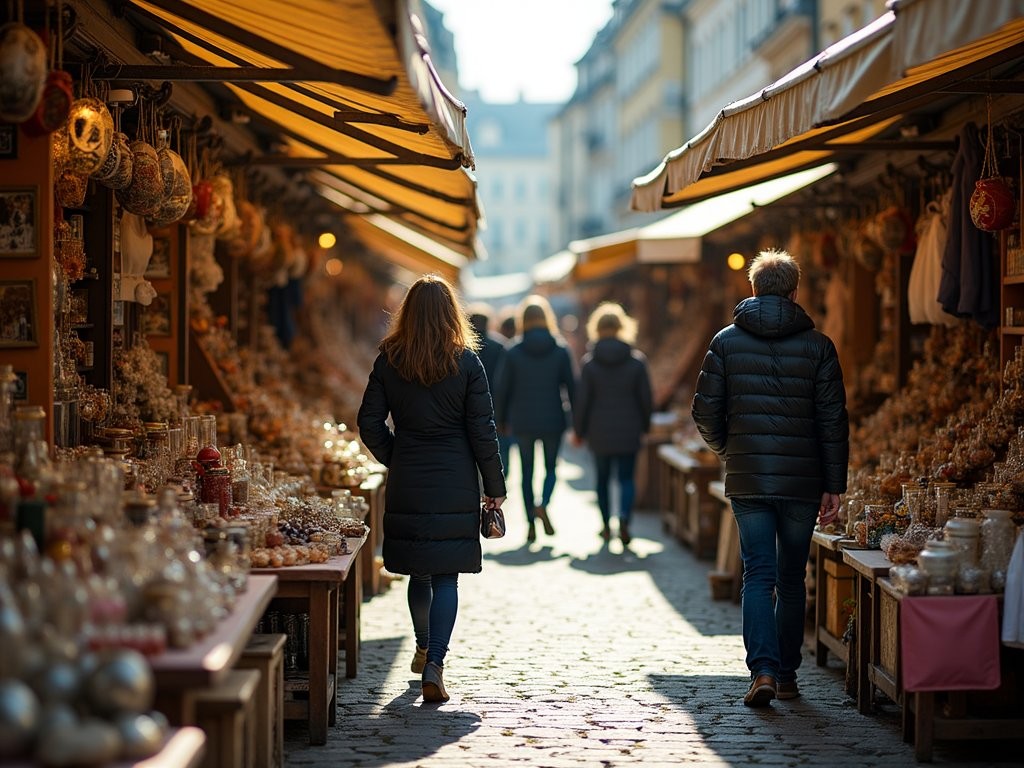
💡 Pro Tips
- Visit the Naschmarkt flea market early on Saturday (around 6:30-7:00 AM) for the best selection before crowds arrive
- Bring cash in small denominations for easier haggling, though many vendors now accept cards
- Look for Vienna porcelain marks (blue shield or beehive symbol) on ceramic pieces to identify authentic Viennese antiques
Vienna's Hidden Craft Workshops and Specialty Shops
Beyond the glittering luxury stores and bustling markets lies my favorite aspect of Vienna's shopping landscape: the hidden workshops and specialty stores preserving centuries-old craft traditions. These establishments, often tucked away in courtyards or side streets, represent what I value most about shopping while traveling—authentic connections to local culture and craftsmanship.
In the narrow streets behind St. Stephen's Cathedral, I discovered Scheer, a bespoke shoemaker operating since 1816 that continues to create handcrafted footwear for discerning clients. Watching the artisans work with the same tools and techniques used for generations reminded me of the Māori carvers I grew up admiring in New Zealand—both carrying cultural knowledge through the language of craft.
The Spittelberg quarter, with its restored Biedermeier buildings, houses numerous workshops where contemporary artisans create modern pieces inspired by Vienna's design heritage. At Werkpraxis, I watched glassblowers transform molten material into delicate contemporary forms that somehow still evoke the spirit of Vienna's artistic past.
What makes these establishments special isn't just the quality of their products but the stories behind them. At Mühlbauer, a family-run hatmaker since 1903, I spoke with the fourth-generation owner about how they've balanced tradition with innovation to remain relevant in the modern fashion landscape. These conversations—impossible in department stores or luxury chains—provide context that transforms a simple purchase into a meaningful souvenir.
For those interested in Vienna's musical heritage, specialized shops like Musikhaus Doblinger offer everything from rare sheet music to handcrafted instruments. The knowledgeable staff, often musicians themselves, provide insights you won't find in typical tourist shops.
As someone who's spent years documenting craft traditions worldwide, I was particularly impressed by Vienna's approach to preserving these heritage businesses. Unlike some cities where traditional crafts survive only as tourist attractions, Vienna's specialty shops maintain authentic connections to the city's living culture.
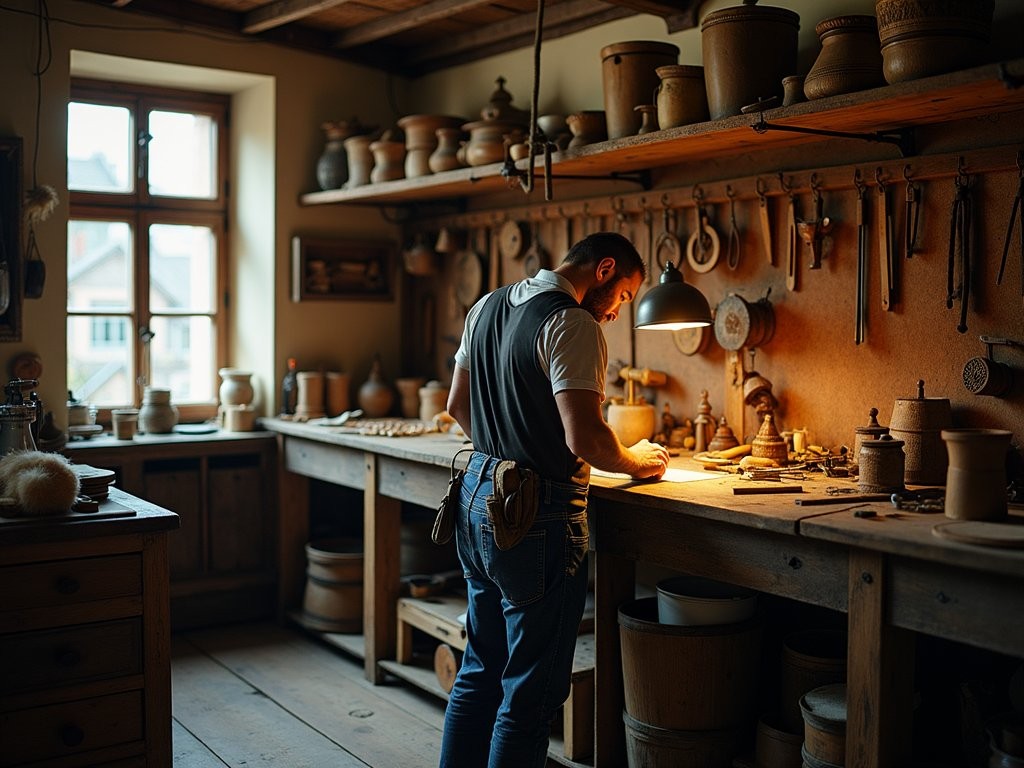
💡 Pro Tips
- Many workshops offer demonstrations or short courses—call ahead to arrange a behind-the-scenes experience
- Bring a small notebook to record the stories and history behind your purchases—these narratives become part of the item's value
- Consider purchasing directly from craftspeople rather than resellers for more authentic connections and often better value
Vintage and Second-Hand Treasures
My years with Border Patrol taught me to look beyond the obvious, a skill that serves me equally well when hunting for vintage treasures in any city. Vienna, with its layered history and appreciation for quality, offers exceptional vintage shopping opportunities that many tourists overlook.
Beyond the Saturday flea market at Naschmarkt, Vienna boasts specialized vintage boutiques catering to every interest. The area around Neubaugasse in the 7th district has emerged as the epicenter of Vienna's vintage scene, with shops ranging from carefully curated designer consignment to eclectic thrift stores.
Burggasse 24 exemplifies Vienna's approach to vintage—part café, part gallery, part clothing store—where each piece feels thoughtfully selected rather than simply accumulated. Unlike the chaotic vintage warehouses I've explored from Bangkok to Mexico City, Vienna's vintage shops tend toward meticulous organization and presentation.
For those interested in Vienna's design heritage, Lichterloh specializes in mid-century Austrian furniture and lighting, offering authenticated pieces from iconic designers like Carl Auböck and Roland Rainer. The proprietor's knowledge rivals museum curators', providing context that transforms these objects from mere furniture into tangible connections to Vienna's design history.
What struck me most about Vienna's vintage scene was how it reflects broader Austrian values—quality over quantity, sustainability through reuse, and an appreciation for craftsmanship that transcends trends. These values align perfectly with traditional Māori concepts like kaitiakitanga (guardianship and sustainability) that I grew up with in New Zealand.
For serious vintage shopping, I recommend bringing a fabric steamer for quick refreshing of vintage garments in your hotel room. This compact device has saved countless vintage finds during my travels, removing storage odors and light wrinkles without damaging delicate fabrics.
While exploring Vienna's vintage shops, I was reminded that the best souvenirs tell stories beyond their physical attributes. A 1950s Viennese-made compact mirror I discovered carries not just the patina of decades but connects to a specific moment in the city's cultural history—making it infinitely more meaningful than any newly manufactured souvenir.

💡 Pro Tips
- Research Vienna's vintage shops in advance and map them by neighborhood for efficient exploration
- Learn basic German terms related to your vintage interests (furniture, clothing periods, materials) to communicate with shop owners
- Vintage shops in Vienna often close on Sundays and Mondays—plan accordingly
Viennese Food Markets and Culinary Souvenirs
No shopping guide to Vienna would be complete without exploring its culinary markets and food souvenirs. As someone who believes that market food reveals a culture's true character, I've made it my mission to explore food halls and specialty grocers in every city I visit.
Beyond the fresh produce at Naschmarkt, Vienna offers specialized food shopping experiences that connect visitors to the city's culinary heritage. Karmelitermarkt in the 2nd district provides a more local experience than tourist-heavy Naschmarkt, with vendors selling regional specialties and seasonal produce. On Saturday mornings, the market expands with additional farmers' stalls offering organic products directly from the surrounding countryside.
For those seeking culinary souvenirs, Vienna's historic food shops offer products that travel well and capture authentic flavors. Julius Meinl am Graben, an institution since 1862, houses a gourmet emporium where you can find everything from the company's famous coffee to handmade chocolates and preserves. The elegant packaging makes these items perfect gifts, while the historic setting provides a shopping experience that feels distinctly Viennese.
Vienna's coffee culture deserves special attention, as quality beans make excellent souvenirs that continue to deliver memories long after your trip ends. Beyond the Meinl brand, smaller roasters like Alt Wien Kaffee offer beans roasted according to traditional Viennese methods. I particularly appreciate their detailed information about bean origins and roasting dates—transparency I value whether purchasing coffee in Vienna or textiles in Morocco.
Sweet souvenirs abound in Vienna, from the famous Sacher-Torte (available in travel-ready packaging) to less known but equally delicious Manner Schnitten wafer cookies. For something truly special, Xocolat creates bean-to-bar chocolates that showcase both Austrian tradition and contemporary innovation.
Perhaps my favorite culinary discovery was Gegenbauer, a vinegar brewery where traditional fermentation methods produce complex, flavor-infused vinegars that bear little resemblance to supermarket varieties. Their apple balsamic vinegar now occupies a prized spot in my kitchen, and each use brings back memories of Vienna's culinary sophistication.
For transporting delicate culinary souvenirs, I recommend a insulated tote bag that provides protection from temperature fluctuations during travel. This durable bag has safely carried everything from Thai spices to Viennese chocolates in my checked luggage.

💡 Pro Tips
- Many specialty food shops can vacuum-seal products for travel or arrange international shipping for larger purchases
- Save room in your luggage for food souvenirs by packing a collapsible duffel bag in your suitcase
- Check your home country's customs regulations before purchasing perishable souvenirs like cheese or cured meats
Navigating Vienna's Shopping Districts Like a Local
After fifteen years with Border Patrol, I've developed a methodical approach to navigating unfamiliar territory—a skill that transfers surprisingly well to exploring shopping districts in foreign cities. Vienna's retail landscape rewards strategic exploration rather than random wandering.
The city's shopping areas each have distinct personalities that reflect Vienna's historical development. The historic 1st district (Innere Stadt) houses luxury brands and heritage businesses in buildings that once served imperial nobility. Moving outward, the Mariahilfer Strasse in the 6th and 7th districts offers Vienna's longest shopping street with mainstream European brands alongside independent boutiques.
For those seeking contemporary Austrian design, the area around Neubaugasse in the 7th district has emerged as Vienna's creative quarter. Here, concept stores like We Bandits and Samstag Shop showcase work by emerging Austrian designers alongside international indie brands. What I appreciate about these shops is their commitment to ethical production and transparent sourcing—values increasingly important to conscious shoppers worldwide.
The 8th district's Josefstadt neighborhood offers a quieter shopping experience with specialized boutiques and galleries tucked along tree-lined streets. This area rewards unhurried exploration and conversation with shopkeepers, many of whom are the designers or curators of their merchandise.
For efficient shopping, Vienna's public transportation system deserves special mention. The comprehensive network of trams, buses, and U-Bahn lines connects all major shopping districts, making it easy to move between areas without wasting time. I recommend purchasing a Vienna City Card which combines unlimited public transportation with discounts at many shops and attractions.
As someone who values authentic experiences, I suggest balancing your shopping time between the major commercial streets and the quieter side streets where Vienna's retail character truly emerges. The passageways and courtyards of the 1st district often hide specialized shops that have served Viennese customers for generations—businesses you'd never discover without venturing beyond the main thoroughfares.
Perhaps my most useful tip comes from my security background: observe local shopping patterns. Viennese shoppers tend to be deliberate and unhurried, taking time to evaluate quality and engage with shopkeepers. Adopting this measured approach not only enhances your shopping experience but helps you blend in rather than standing out as a tourist—something my Border Patrol instincts still appreciate.
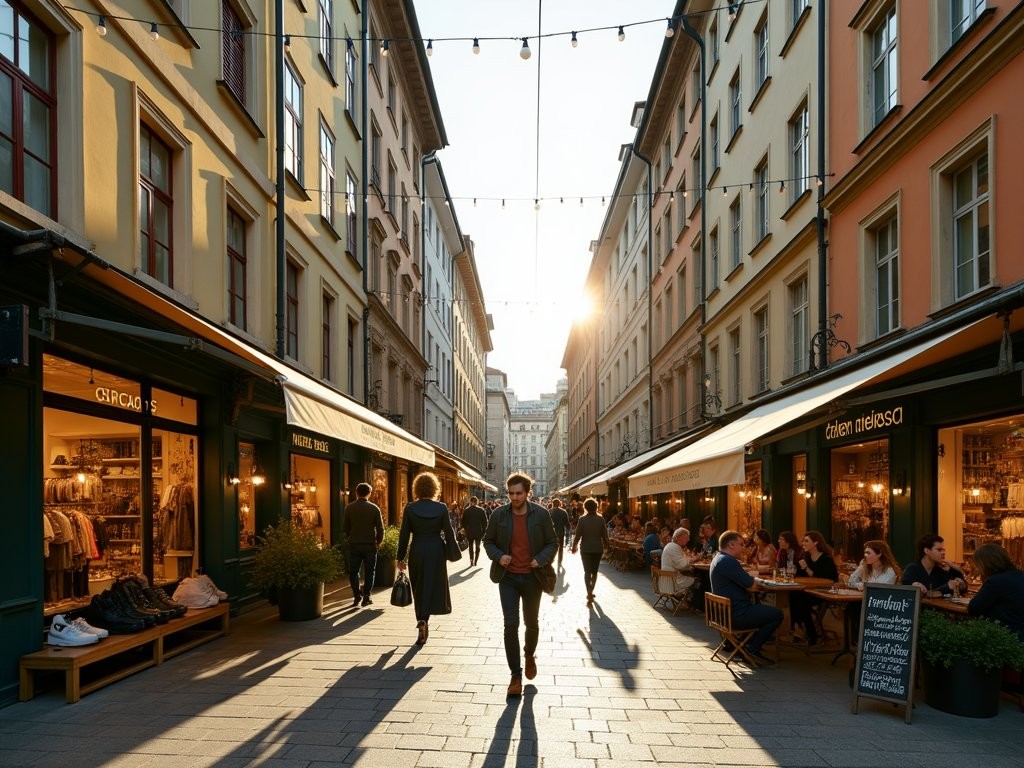
💡 Pro Tips
- Most shops in Vienna close by 6:30 PM on weekdays and 6:00 PM on Saturdays, with Sunday shopping limited to tourist areas and train stations
- Learn basic shopping-related German phrases—even simple greetings and thank-yous are appreciated by local shopkeepers
- Vienna's seasonal sales (January and July/August) offer significant discounts, even at high-end retailers
Final Thoughts
As my weekend exploring Vienna's shopping landscape drew to a close, I found myself reflecting on what makes this city's retail scene so distinctive. Vienna doesn't just preserve its commercial heritage—it actively integrates tradition with innovation, creating shopping experiences that feel simultaneously historic and contemporary. From the imperial splendor of the Golden Quarter to the creative energy of Neubaugasse, Vienna offers a sophisticated alternative to homogenized global retail.
What impressed me most was the city's commitment to craftsmanship across all price points. Whether examining hand-stitched leather goods in a historic workshop or vintage porcelain at the Naschmarkt flea market, I encountered a consistent appreciation for quality and authenticity that resonates with my Māori heritage's emphasis on objects that carry meaning beyond their function.
I invite you to explore Vienna beyond its museums and concert halls. In its markets, boutiques, and workshops, you'll discover a different but equally valuable cultural heritage—one that continues to evolve while honoring the craftsmanship and quality that have defined this city for centuries. Kia ora to the journey ahead!
✨ Key Takeaways
- Vienna balances preservation of traditional craftsmanship with contemporary design innovation across its diverse shopping districts
- The best shopping experiences come from venturing beyond tourist areas into neighborhood markets and specialty shops
- Building connections with local shopkeepers and artisans transforms simple purchases into meaningful cultural exchanges
📋 Practical Information
Best Time to Visit
year-round, with January and July/August offering seasonal sales
Budget Estimate
€500-1000 per day for luxury shopping experiences
Recommended Duration
2-3 days minimum to explore multiple districts
Difficulty Level
Easy With Excellent Public Transportation Between Shopping Areas
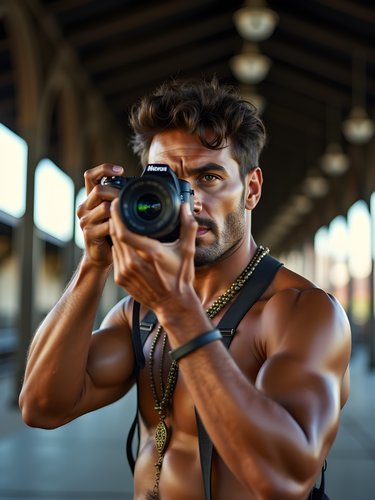

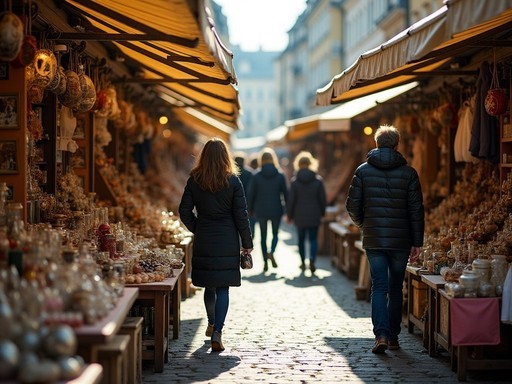
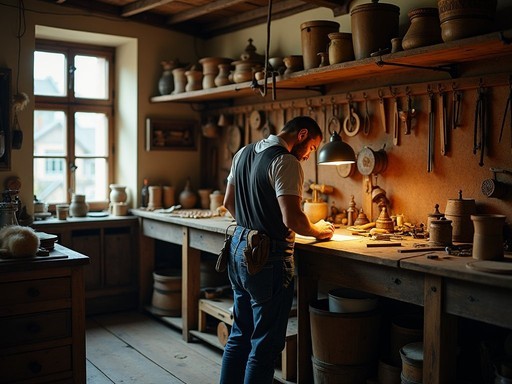

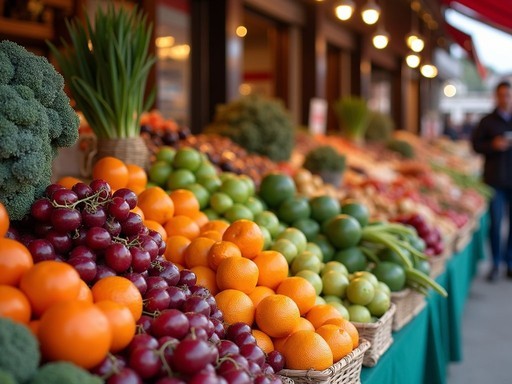
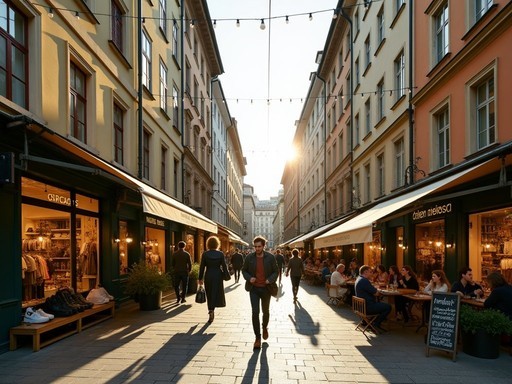


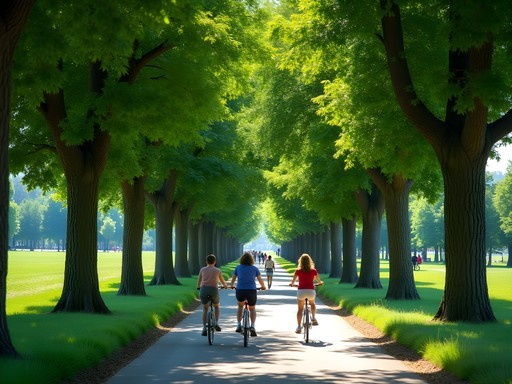
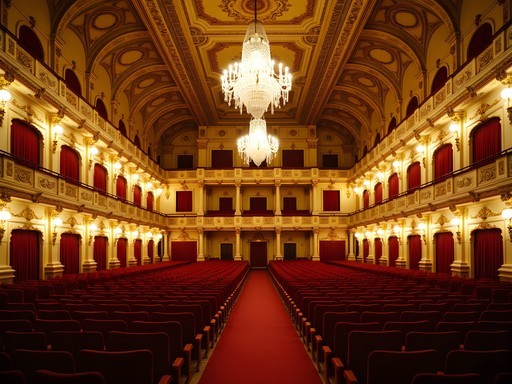

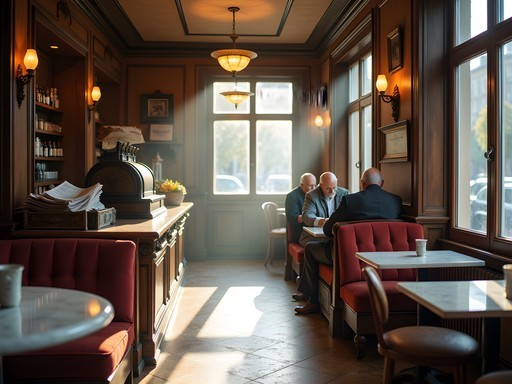
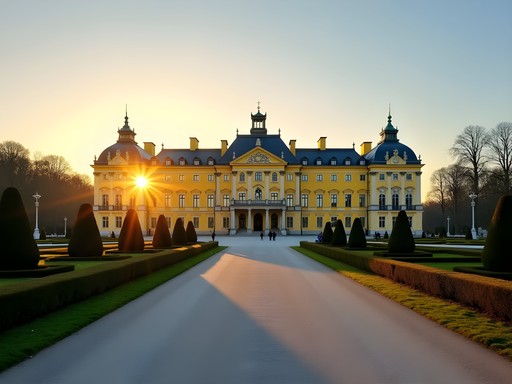



Comments
CoffeeAndTravel
Heading to Vienna next month! Any specific vintage shops that are best for menswear? Most vintage places I've been to focus heavily on women's clothing.
Taylor Hunter
Great question! Burggasse24 has a surprisingly good men's section in the back room, and Bootik54 specializes in vintage menswear from the 50s-80s. Also check out WÖM in the 7th district - smaller but well-curated men's collection!
CoffeeAndTravel
Thank you so much! This is super helpful!
EuropeTrekker
Those vintage shops look amazing! Adding to my itinerary!
luckyguy7959
Great post! Those pastry shops in the Golden Quarter are dangerous for the wallet too lol
TravelingTeacher
Great post! How early should I get to Naschmarkt on Saturday to catch the flea market before it gets too crowded?
Taylor Hunter
I'd recommend getting there by 8:30am if you're serious about finding treasures! It officially opens at 6:30am and the best items go quickly. By 10am it gets very crowded, especially in summer.
moonclimber
definitely go early!! i went around 11 and it was packed. still fun but harder to browse properly
Taylor Moreau
Excellent guide, Taylor. I've visited Vienna quarterly for business over the past decade and can confirm the Golden Quarter is truly exceptional. For those concerned about the luxury price tags, many of these boutiques offer seasonal sales that are worth timing your visit around (January and July typically). I'd add J. & L. Lobmeyr for exquisite glassware - they've been crafting since 1823 and their chandeliers hang in the Metropolitan Opera. Their small crystal pieces make perfect gifts. For comfortable walking while shopping, I've found my walking shoes indispensable on Vienna's cobblestone streets.
Taylor Hunter
Thank you for the seasonal sale tip, Taylor! I completely missed Lobmeyr during my visit - definitely adding it to my list for next time. Their historical significance alone makes them worth a visit.
ViennaFan22
Lobmeyr is gorgeous but so expensive! Just window shopping there made me nervous lol
moonclimber
omg the Naschmarkt is AMAZING!! went there last spring and spent like 3 hours just wandering around. got the most beautiful vintage scarf from one of those saturday flea market stalls for only €15! did you try any of the food stalls? that falafel place near the middle was honestly life-changing. going back in december and can't wait to check out some of those craft workshops you mentioned!
Taylor Hunter
The food stalls are incredible, right? I actually went back to that falafel place three times during my stay! December will be magical with the Christmas markets too - don't miss the one at Spittelberg for amazing handcrafted items!
moonclimber
oooh thanks for the tip about Spittelberg! adding it to my list right now!!
Nicole Russell
Taylor, this post brought back so many memories! I spent a month in Vienna last fall and became OBSESSED with the vintage scene there. Everyone talks about Naschmarkt (which is amazing) but I also discovered this tiny shop called Vintage Fabrik in the 8th district that was literal heaven. The owner curates everything so carefully and knows the history behind many pieces. I scored a 1950s Austrian wool jacket that I get compliments on constantly! Also, for anyone interested in sustainable shopping in Vienna, there's a growing eco-fashion scene with shops like Bootik54 that feature local designers using upcycled materials. The prices are higher than fast fashion but the quality and uniqueness are worth every euro. Vienna really changed how I think about shopping while traveling - it's not just about bringing home souvenirs but finding pieces with stories and supporting local artisans.
tripvibes
Going to Vienna in October and I'm really into vintage clothing. Any specific shops or areas of Naschmarkt I should focus on? Also wondering if prices are negotiable at the market stalls?
Nicole Russell
For vintage clothing specifically, check out the Saturday flea market at Naschmarkt - WAY better selection than weekdays! And yes, definitely haggle but do it politely. I usually start at about 30% less than asking price. Also check out Burggasse24 in the 7th district - my absolute fave vintage shop in Vienna!
George Hayes
Great post Taylor! When we took the kids to Vienna last summer, we actually made a little treasure hunt out of visiting the craft workshops. My daughter (11) was obsessed with the handmade music boxes we found in that little shop off Kärntner Strasse - I think it was called Erwin's? The craftsman there showed her how they're made and it became her favorite memory from the trip. For anyone traveling with family, I'd definitely recommend checking out some of these workshops - many of the artisans are super friendly and happy to show kids how things are made. Also, don't miss the chocolate shops near Stephansplatz - we used our pocket guide to find the best ones and the kids were in heaven!
tripvibes
Thanks for the family tips! Did your kids enjoy the markets too or were they bored?
George Hayes
They actually loved Naschmarkt because of all the different foods to try! The vintage section was a bit boring for them, but the food stalls kept them engaged. Bring cash for small treats!
globephotographer
Those photos of the Naschmarkt are STUNNING Taylor! You really captured the energy of the place! I've been to Vienna three times and always make sure to spend at least half a day there hunting for treasures. Found an amazing vintage Leica lens there last year that I still use for my travel photography!
Venture X
Premium card with 2X miles, $300 travel credit, Priority Pass